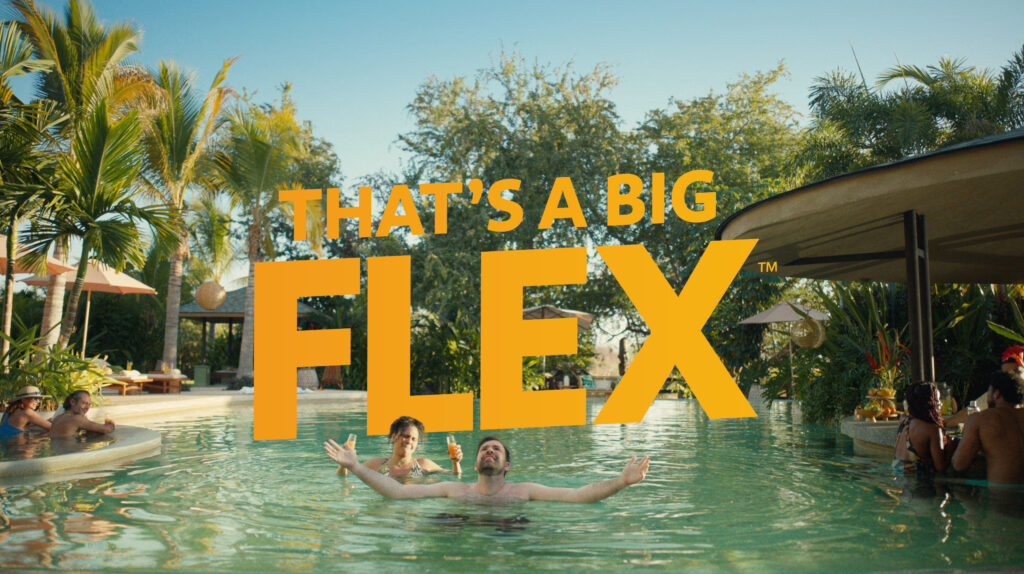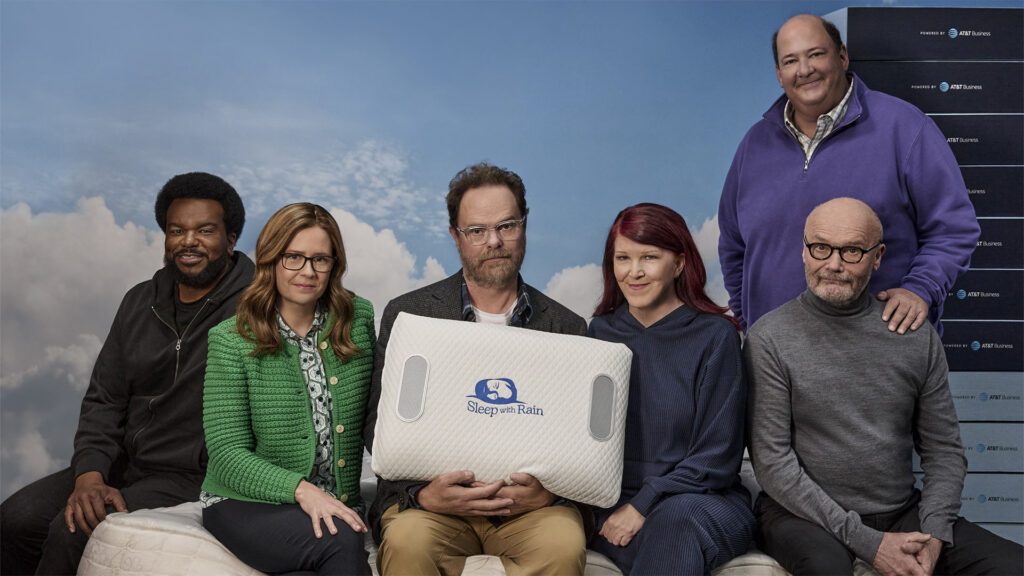With bars and restaurants shut down, concerts and sporting events canceled, socializing took on a new role in 2020 as friends mixed cocktails or opened a bottle of wine with friends over Zoom calls or in small socially distanced outdoor gatherings. This shifted the business model for the Spirits & Alcohol industry to a more digital-centric selling and marketing model.
The promise of a vaccine could potentially bring people together again to socialize in person, but it will likely not be until later in the year. And one thing that is likely to stick around is the increased ecommerce sales of Spirits & Alcohol, a shopping behavior that picked up exponentially in 2020.
“There’s a point of no return there,” says Marcel Marcondes, U.S. CMO of AB InBev, of ecommerce and digital social behaviors. “Once people get used to doing some of the things virtually, only a portion of the behavior will go back to the way it was before. Once you get used to something then you won’t move backwards anymore. Convenience, virtual services — that is here to stay and ecommerce is a great example of that.”
2020 accelerated boosted the Wines and Spirits in the ecommerce direction by 10 years, says Luis Freitas, CRM & Omnichannel Director at Moet & Chandon.
“While lagging behind other categories so far, COVID has caused the consumer to seek us in channels where either regulation made it tough to sell or where the share of wallet was so small that it didn’t justify the investment,” Freitas says. “With the shift in consumer behavior and growth in demand, 2021 is going to be another year of digital acceleration for our category – while the future is uncertain, I personally have a sense of excitement of what 2021 could bring in terms of transformation to our category in a responsible, tone-sensitive way.”
Pamela Forbus, CMO, Pernod Ricard USA concurs that “the race is on for ecommerce,” pointing out its growing importance as a vehicle for long-term customer acquisition.
“And what that looks like in digital marketing will be reflected by how we show up by smoothing that path to purchase, making it easier for consumers to find the brands they love near them,” Forbus says. “That’s a lot of heavy lifting of data and content, but it matters because you’ve got to be able to shift as fast as the consumer is shifting. Those who get there first will win the race.”
Influencer marketing, social media and online content strategy will continue to play a key role next year in connecting with people, particularly sharing recipe ideas and creative tips on entertaining while social distancing.
“People will continue to adapt in order to be social while remaining safe,” says Angelica Scibilio, Brand Director of Jameson. “In response, spirits marketing will likely continue to focus on empowering and inspiring people to create their own cocktails at home in ways that are safe while still feeling celebratory, with responsible consumption at the core of all communications. Innovation will also continue to play a role as people look to try different product experiences.”
Sophie Kelly, Sr. VP North American Whiskies, Diageo expects Canadian Whisky to continue to be “a massive success story in US spirits in both the on and off premise and we expect to continue to see growth as consumers are looking to explore newer innovations for their cocktail experience.”
“As the pandemic continues to exist at the forefront of our lives, it is increasingly important for brands to pour into the community that has given to them,” says Kelly. “Throughout 2020, Crown Royal continued to connect consumers with its purpose of inspiring exceptional generosity, building upon the notion that ‘it isn’t about what you have, but about what you give and how you give it.’ Crown Royal reinforced the importance of supporting bartenders, culture-makers, artists, creatives and American heroes such as active-duty military members and veterans through its many initiatives including The Crown Royal Purple Bag Project and The Crown Royal Generosity Campaign.”
This digital shift is also impacting how people shop when they physically enter stores. People are spending less time browsing the shelves and are usually just picking up bottles and heading to check out. Discovery and recommendations are happening more online. In 2021, this could mean more advertising.
“Shopper behavior has swung more drastically from browsing to planned with people spending less time in store, so I expect to see a lot more emphasis on pre-shop advertising,” says Chelsea Philips, General Manager at BABE Wine.
“We want BABE to be on shoppers’ lists vs. just wine,” Philips continues. “Once people are in store, the battle will be won by capturing spontaneous purchases with interesting displays and killer execution. Visibility is everything. Ecommerce will continue to flourish with more spend moving in that direction. All our digital and social ads already have CTA click throughs to somewhere they can either buy or find where to buy BABE. We want to make it as easy as possible for people. I expect more innovation to come in the spaces that blur more closely with seltzer – both lighter, more sessionable and available in larger pack sizes.”
In 2021, Brands will need to continue to be flexible and able to meet consumers where they are at.
“If we’ve learned anything for next year, it’s that we must stay nimble and most importantly, try and anticipate our consumers’ ever changing needs,” says Courtney Carter Dugan, Director of Activation at Miller Lite. “How and where we advertise will continue to flex with the state of the pandemic, especially with the evolution of social distancing and the future of on-premise accounts still unknown. One thing we know for certain is that enjoying a beer with a few close friends is just as, if not even more important right now, so we plan on continuing to enable and encourage safe Miller Time whenever we can.”
Hard seltzer has been a growing category over the past several years. Off-premise sales of hard seltzers (non-bar and restaurant sales) grew $2.4 billion from summer 2019 to summer 2020, per Nielsen. Many are beginning to distinguish it outside of the beer category. Seventy percent of U.S. hard seltzer Millennial buyers—a core demographic for the beverage— think of it as its own type of drink. Don Lane, VP of Truly Brand, The Boston Beer Company, expects the momentum to continue and brands that adopt an authentic marketing approach to succeed.
“I think we’ve lived through an era in marketing and culture that’s been rife with hyperbole, and exaggeration and outsized promises,” says Lane. “Consumers see through that, and are looking for authenticity and inclusiveness and real connection in the way they live their lives and the things they do and the brands that matter to them. So I think there’s an opportunity for brands really to just be straight with people, and make meaningful gestures and communications that aren’t sanctimonious or exaggerated, just real and true.”
— Andrew Hampp contributed to this report




